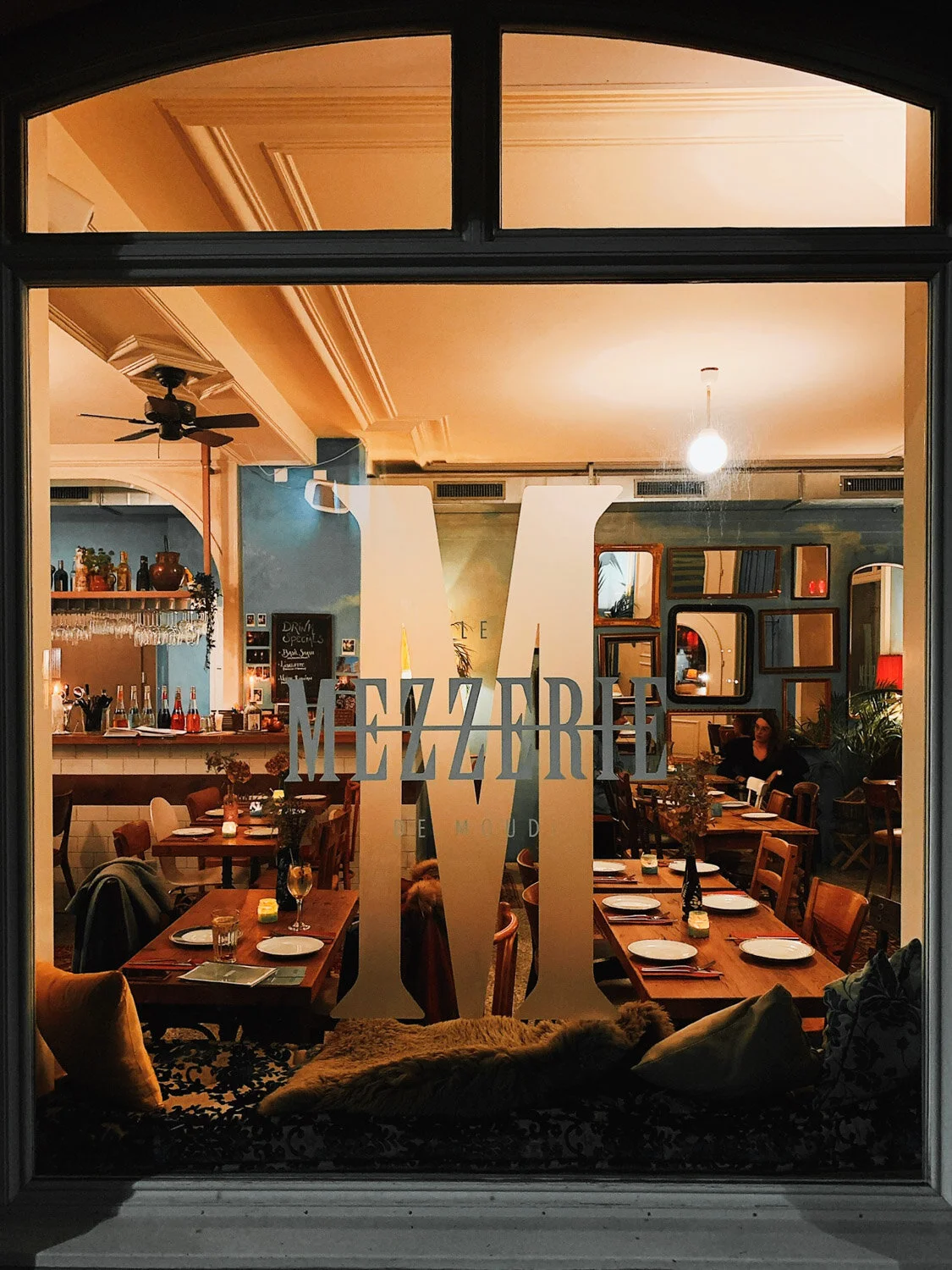Christmas markets in the most picturesque villages of Bavaria
Since few years the Christmas markets have invaded Europe, and every city, small or large, revives the Advent with these small themed fairs. Wooden houses covered with snow displaying woolen hats and handicrafts, kiosks with red curtains under which soaps, perfumes, and jewels are sold, miniature huts where sausages and potatoes roll in a huge brazier or where you can enjoy the first fondue of the season under a warm fleece blanket.
The Christmas markets can be a wonderful opportunity to explore new cities, warming up the cold winter days with a glass of mulled wine held tight in your hands, while walking through the alleys animated by the Christmas spirit.
In Germany, they're really good at markets, and it's worth taking the opportunity to discover some new towns you've never visited before. The setting of the Christmas markets is perhaps as important as the market itself, and in Bavaria we have found some cities which are the perfect backdrop for the Christmas lights, the decorated trees, the steaming roasted chestnuts and Christmas carols.
ROTHENBURG OB DER TAUBER
If Grimm's fairy tales had a German setting, it would certainly be Rothenburg: you enter through the towers with pointed roofs that mark the perfectly intact walls and you cross paved streets lined with pastel-colored houses or drawn by timber frames painted red. The strange morphology of the town, with streets that follow depressions and hills, offers wonderful views of the alleys, of the roads seen from below or from above, of the town cathedral that stands out on the red roofs of the houses.
A main crossroads span in the city in two directions, up to the four access doors of the walls: this is where the crowd walks through the shops with decorated windows, cafes and bakeries cranking out "Schneeballen", a typical local dessert; people fill the Rathaus square and the space around the cathedral, where the Christmas markets are concentrated and create a festive atmosphere of lights, songs and glittering decorations.
Beyond these two main arteries there is a silent world to discover: the deserted alleys illuminated by the Christmas lights, reflecting on the shiny pavement, the colorful houses, restaurants housed in medieval buildings, and especially the beautiful walls, on which you can climb and walk along a 2 km-path that traces the perimeter of the city and offers a magnificent view of the roofs, the smoking chimneys, the monuments in the center on the top of the hill, the surrounding tree-lined valley.
Leaving the walls from the westernmost gate you can admire a fabulous view of the rest of the city, which is arranged like an amphitheater on the valley of the river Tauber, a perfect place to admire the sunset.
NUREMBERG
Forget what you know about Nuremberg from history books, forget the namesake Trial, the war stories and the idea of an austere and gloomy city. After being faithfully reconstructed, with the same rubble, after the war, Nuremberg has become a beautiful city, sometimes severe, sometimes very welcoming, but still picturesque.
Here, too, the medieval walls have been maintained and surround the old town, made up of alleys with half-timbered houses, imposing red sandstone cathedrals, representative buildings, modern museums and pleasant residential areas. There is unexpectedly something nice for every taste.
The Christmas markets have a place of honour, spanning from the town hall square, where the beautiful Christkindlemarkt is located, to the Königstor, where the craftsmen's market is transformed for a month into a Christmas corner.
A beautiful vantage point is the imperial castle, an imposing structure literally set in the rock on top of a high hill overlooking the roofs of the city.
BAMBERG
It doesn't take long to understand why this small town is counted among the wonders of UNESCO heritage: every building is a jewel, the imposing square of the cathedral located on top of one of the hills on which the city rises looks like a piece of imperial Paris relocated in a remote village of Franconia, the City Hall is an open air work of art.
The small town is located at the intersection of two rivers, and part of the old town stands on a few islets within one of the two arms of the river Reignitz. The Rathaus from XIX century occupies a tiny island that connects two parts of the old town and is completely frescoed: it is crossed by a bridge over the river and on the south side stands a bizarre half-timbered house set in the imposing structure of the town hall.
To the west is the historic town and the cathedral hill, to the east of the river is the most contemporary part, where there is also the Christmas market, a cluster of theme kiosks in the Maximiliansplatz.
For something different, take a walk along the river, on Am Leinritt road that runs alongside it and from which you can admire on the opposite bank a lovely neighborhood on the water, defined as a must Klein Venedig, or Little Venice, which resembles mostly a Dutch neighborhood, with picturesque colorful houses, half-timbered or covered with wooden tiles, with adjoining gardens overlooking the water.



























